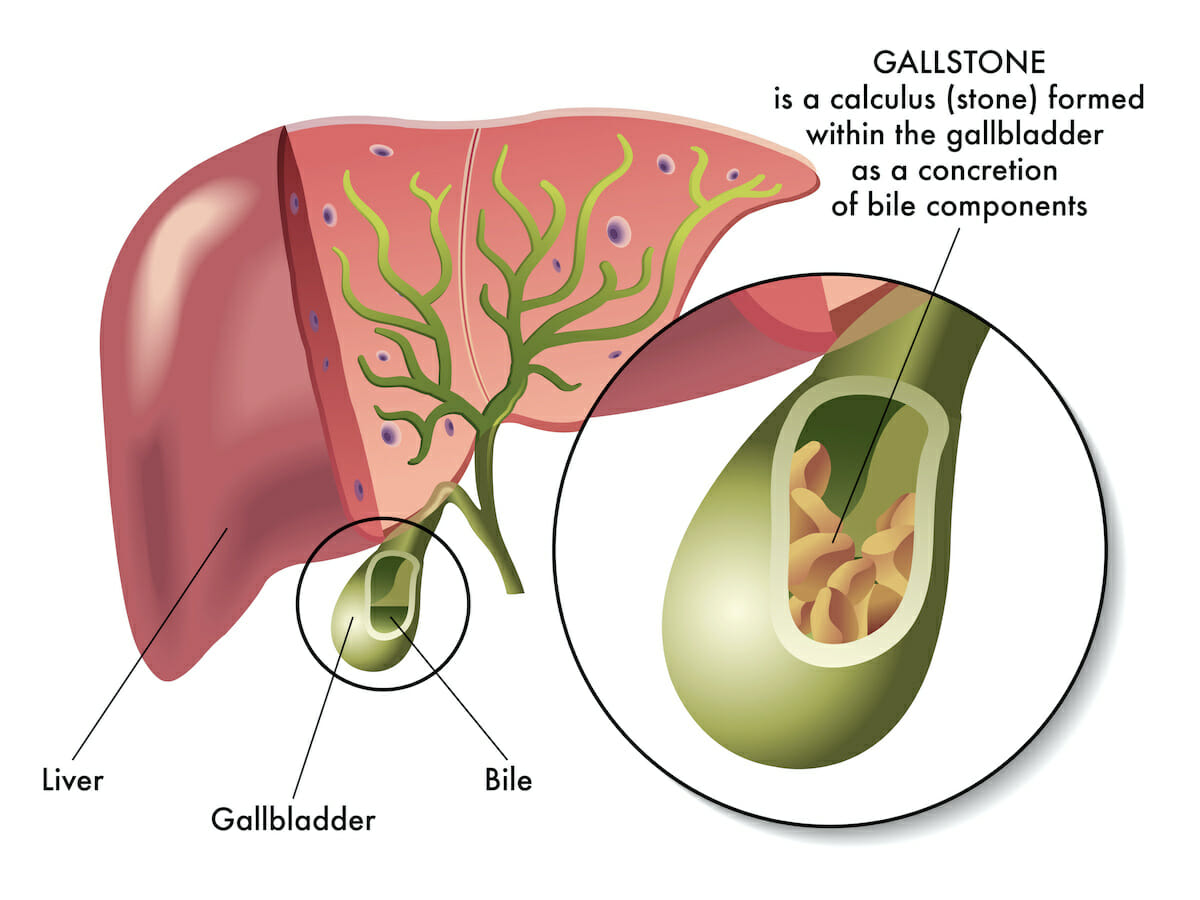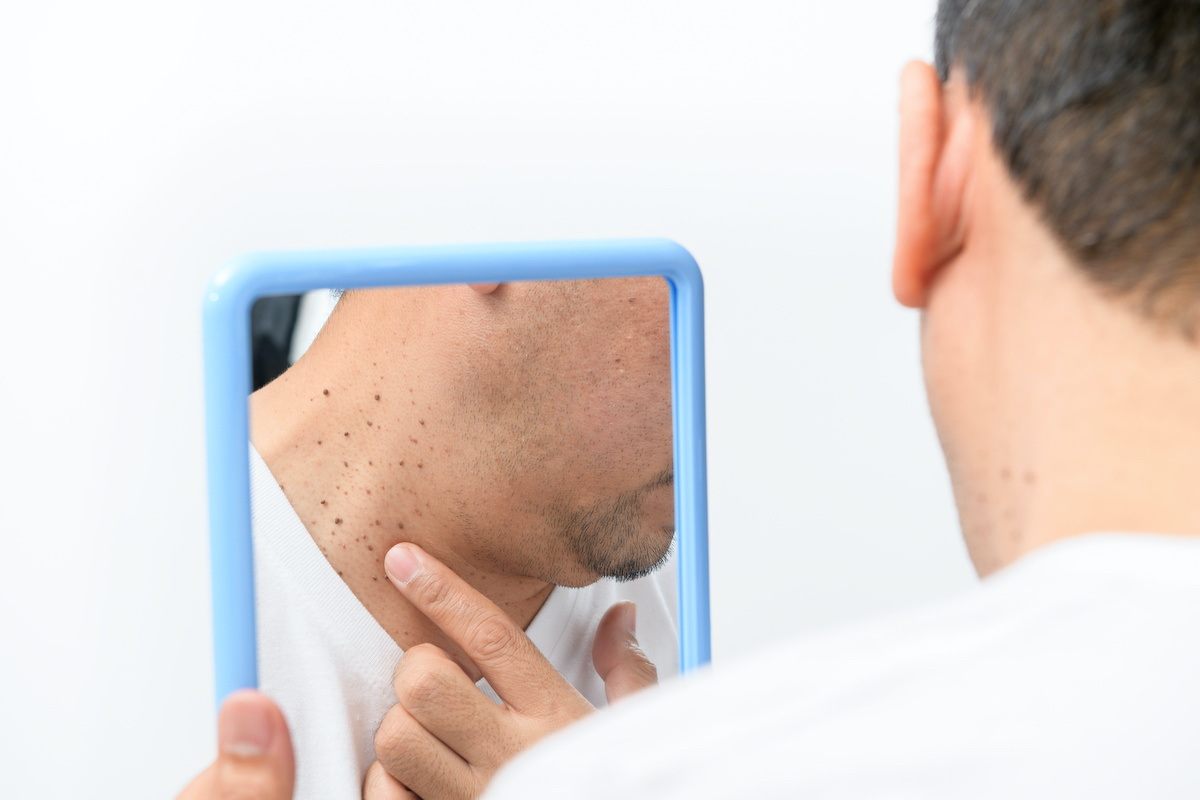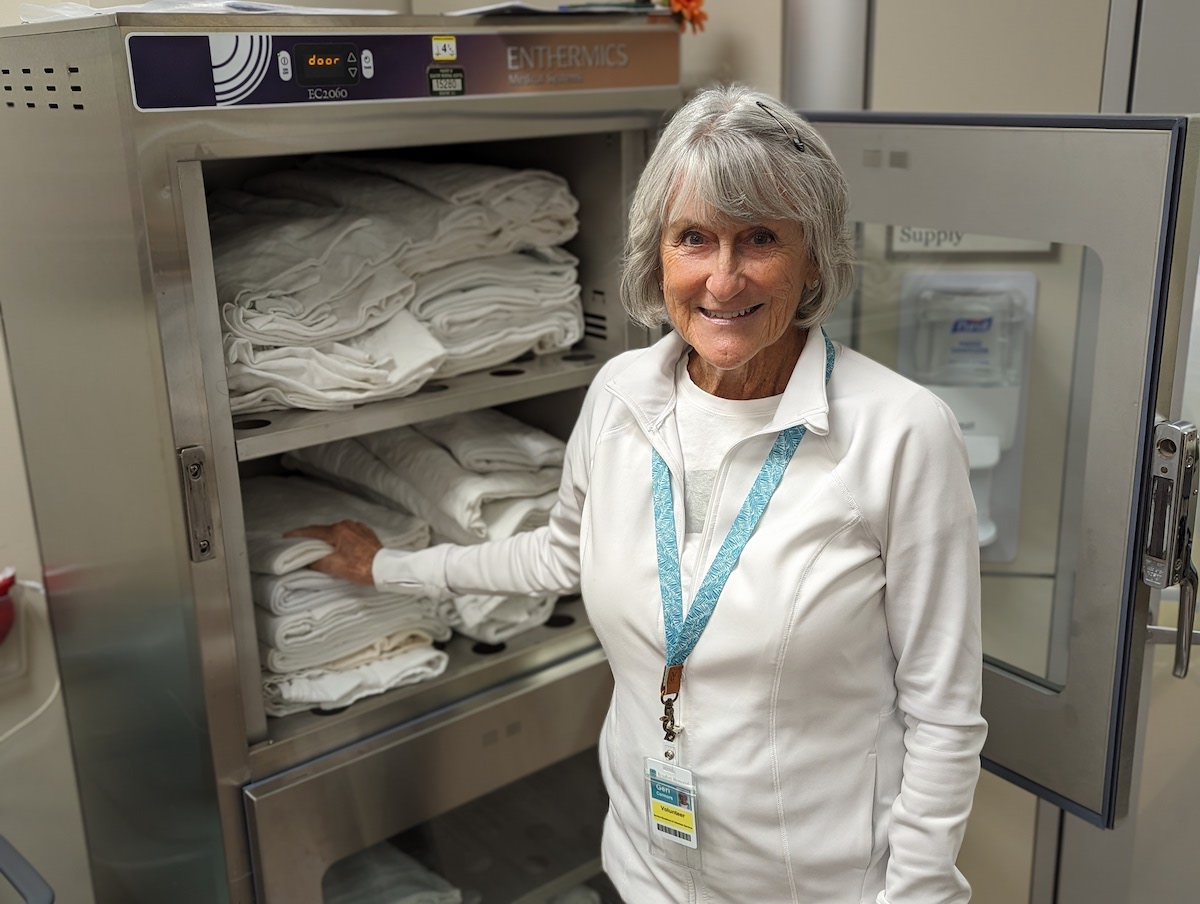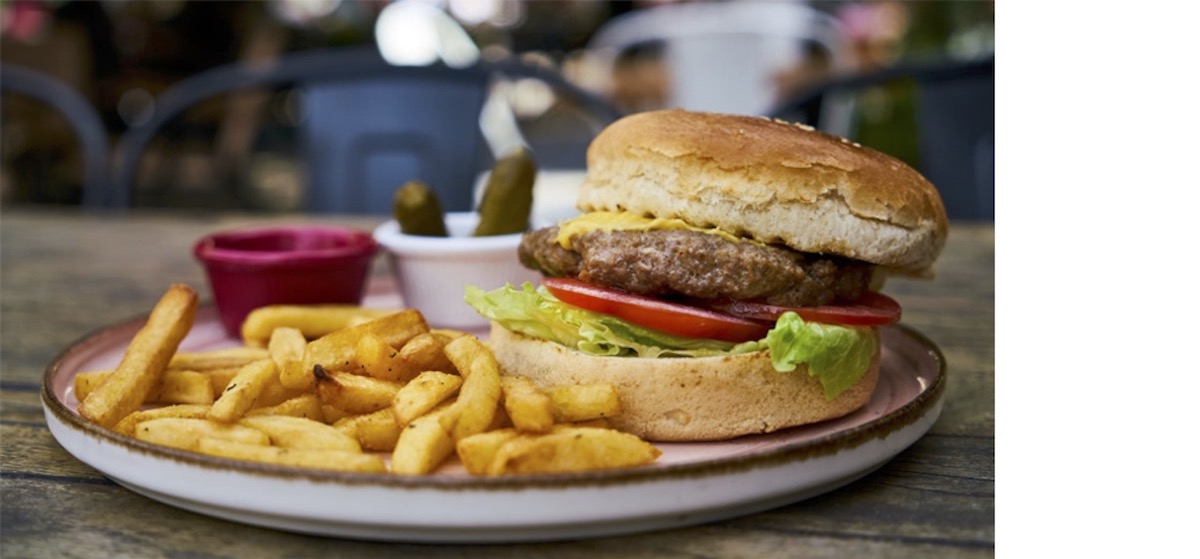
By Jenna Fletcher — Medically reviewed by Meredith Goodwin, MD, FAAFP
Hard, pebble-like gallstones may range in size from a grain of sand to a golf ball. A person could have one large gallstone or lots of smaller ones inside their gallbladder.
Gallstones affect about 10–15% of the United States population, which equates to nearly 25 million people. About 25% of the roughly 1 million people who receive a gallstone diagnosis each year require treatment, which is typically some type of surgery. The medical term for gallstones is cholelithiasis.
A person with gallstones does not typically notice any symptoms unless the gallstones cause complications. For example, in some people, gallstones may block the bile ducts, which can lead to issues with the liver, gallbladder, or pancreas. People may experience a gallbladder attack if gallstones cause a blockage in their bile ducts. During a gallbladder attack, a person experiences pain in the upper right of the abdomen.
Experts suggest that abdominal ultrasound scans of a person’s upper right quadrant are the best diagnostic tests for gallstones. A healthcare professional may be able to use an ultrasound scan to detect a gallstone as small as 2 millimeters (mm) in diameter.
Following an ultrasound scan, a healthcare professional may order magnetic resonance cholangiopancreatography followed by an endoscopic retrograde cholangiopancreatogram (ERCP) to confirm diagnosis, depending on the location of the stones.
Gallstones may also appear in regular CT or MRI scans. Also, gallstones with high calcium content may show up during a routine plain-film X-ray.
Treatment for gallstones: Gallstones do not typically require treatment if they do not cause any symptoms. Doctors may recommend treatment if they cause symptoms or lead to complications that need addressing.
In most cases, doctors recommend surgical treatment for gallstones, in which the surgeon removes the entire gallbladder. Healthcare professionals refer to this procedure as a cholecystectomy. There are two types of cholecystectomies: open and laparoscopic.
Typically, doctors recommend laparoscopic cholecystectomy, which often has a short recovery time of about one week. A person may even be able to go home on the same day as the procedure.
A doctor may recommend an open cholecystectomy when a person’s gallbladder is severely infected, inflamed, or scarred as a result of other surgical procedures. Open cholecystectomy is a more invasive procedure that may require a person to stay in hospital for about 1 week, and it may take around 1 month to recover.
If a person is not a candidate for surgery, a doctor may suggest other treatment methods that may include:
- ERCP: During an ERCP, a healthcare professional may remove any gallstones stuck in the bile ducts.
- Shockwave lithotripsy: This rare procedure uses sound waves to break up larger gallstones causing a blockage. Healthcare professionals sometimes use it in conjunction with medications such as ursodiol.
- Oral dissolution therapy: A healthcare professional may recommend medications that contain bile acids, such as ursodiol, which helps break up gallstones.
Tips for helping to prevent gallstones: A person may not be able to prevent all gallstones from forming. If a doctor removes a person’s gallstones, they often recur after roughly one year.
Steps a person can take to help prevent gallstone development may include:
- maintaining a moderate weight with regular exercise and a balanced, nutritious diet
- eating more high fiber foods and healthy fats, and fewer refined carbohydrates and sugar
- losing weight safely if they have overweight or obesity
When to contact a doctor: If a gallstone causes a blockage in the bile ducts, it can cause a gallbladder attack. If this occurs, a person will likely experience pain in the upper right of their abdomen. Gallbladder attacks typically occur following a heavy meal and may last a few hours.
If a person experiences the following symptoms during or after a gallbladder attack, they should contact a doctor as soon as possible:
- nausea and vomiting
- abdominal pain lasting several hours
- fever or chills
- pale stools
- tea-colored urine
- jaundice
These symptoms could indicate a potentially serious issue with the liver, gallbladder, or pancreas. However, other conditions can also cause similar symptoms. A healthcare professional can identify the cause of these symptoms and recommend appropriate treatment options.
Sources: https://www.medicalnewstoday.com/articles/gallstone-sizes-and-shapes?;
Gallstones. (n.d.). https://www.niddk.nih.gov/health-information/digestive-diseases/gallstones
Overview: Gallstones. (2021) https://www.nhs.uk/conditions/gallstones/









